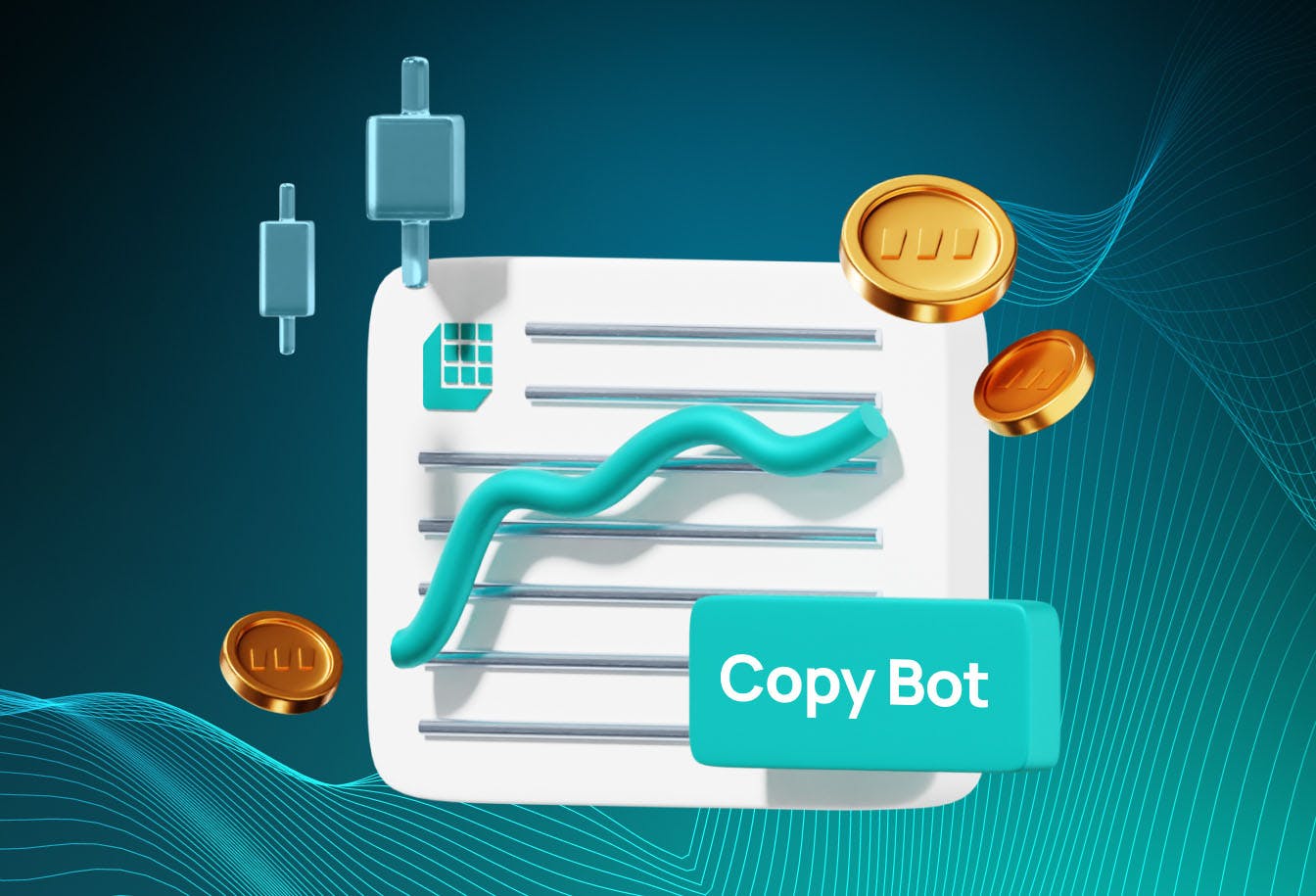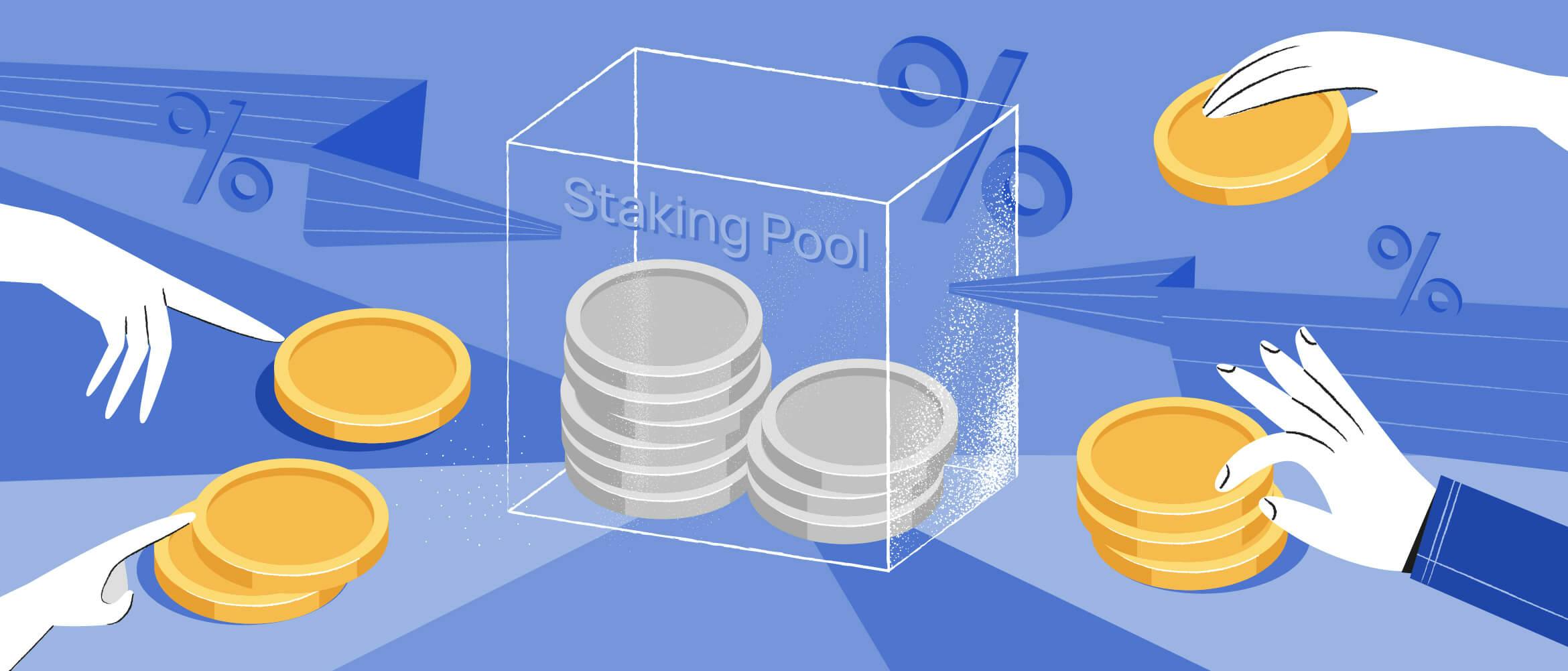
- All
- Tools
- Analytics
- Technical Analysis
- Trading
- Blockchain
- DeFi
- Guides
- Company News
- Educational
- Opinion
- Price Predictions
- Market News
- News
- Trading cases
- Practical guides
- Exchanges
- Trading signals
- Cryptocurrency
- Crypto bots
- Other
Become a crypto master
Learn everything about crypto,
trading and bots


Unit of Account 2025
In simple terms, a unit of account is defined as a standard unit of measurement of market/economic value for an asset, goods, services, and other transactions.
- What is a unit of account in 2025?
- Use cases of Unit of account
- Measurement of value of money
- Unit of account costs definition
- Currencies that can be used as a unit of account
- Fiat Currency vs Cryptocurrency
- Bottom line
- The Unit of Account Function in 2025: Stablecoins, AI Trading, and Cross-Market Precision
Start Trading on 3Commas Today
Get full access to all 3Commas trading tools with free trial period

What is a unit of account in 2025?
Many governments worldwide tend to use a unit of account economics. For example, housing prices in the UK are compared using the pounds as a unit of account. Likewise, with cryptocurrency, crypto-assets can collate with the standard USDT and other available fiat currencies.
In economics, both money and a unit of account are interwoven, as it serves as the medium of exchange for all kinds of trades— buying and selling.
Due to its function in allocating prices to assets, it’s often used to keep a record of both profit and loss across several trades. This is what makes functions such as a unit of measurement accounting (accounting for loss and profit of transactions, valuing total assets, and budget balancing) attainable.
Use cases of Unit of account
In accounting terms, it can be regarded as the term used to describe the specific assets and liabilities reported in financial statements rather than the units used to measure them.
This unit principle is also linked to events, and it ensures things are well documented. The monetary unit principle is ratified as the measurement unit in accounting. According to the monetary unit law, when trade transactions or relevant events occur, they are valued into the money before being documented.
I'm a legal context — a standard type used for business interest valuation for estate tax and business litigation. In a financial reporting context, it’s appropriate for the preparation of financial statements. However, the Unit of account is typically used in buy-sell agreements without adequately considering the confusion these terms can cause.
Measurement of value of money
A unit of account is something that can be used to value, and it has a few essential features that make it a unit of money. Let’s talk about the most important ones.
Computable
A unit of account can be estimated based on mathematical operations. Units can be comfortably divided, added, multiplied, and subtracted and can easily add, subtract, divide, and multiply units. This offers a unit of account cost for budgets. Profits, losses, revenue, expenditure wealth, and debt.
Fungible
You’ve probably heard about NFT or Non-fungible tokens. Those can’t be traded one to one, meaning each asset is unique and can’t be evaluated fairly. The same painting can cost $100 for you, while some connoisseur feels like paying $1000.
On the other hand, fungible tokens are similar. Fungibility is the ability of an asset to be traded with other similar assets. Such assets explain the concept of trade exchanges, signifying equivalent value between the two. A unit of account is considered as others with a constant value. USD is the same as other USD, and 50 ounces of 100-carat gold is the same as other 50 ounces of 100-carat gold.
Divisible
Another essential feature of an accounting unit is that it can be divided into components in a way that they will be equivalent to the base value. For example, if you divide a pound into three different quarters, the total value of the three quarters still equals a pound. I'm the same way. Cutting a bar of diamond in half gives the exact value of the whole original bar.
Unit of account costs definition
This is defined as the costs emerging from the side effects caused by inflation that makes money lose value over time, making it a less consistently trusted unit of measurement. There are a number of unit account costs.
Rising prices
One primary attribute of inflation is the meteoric increase in the price of goods, causing uncertainty in the economy. At this time, the economy becomes unpredictable. This shuns companies from investing because they are more unsure about possible costs and future prices. The lesser the investment rate, the lower the economic growth in the long term. Countries with high inflation rates tend to have a poorer economic performance over the medium term.
Shoe Leather Costs
When inflation is high, people spend more time and effort finding the lowest prices
Unsustainability
This occurs when the economy's growth rate exceeds the prolonged trend rate, resulting in inflation as demand outpaces supply. To reduce inflation, the authorities will raise interest rates, which will reduce inflationary pressures sacrificing the GDP growth rate. In the long haul, it may even create a recession. Keeping inflation low will assist in avoiding a boom-bust economic cycle.
Menu Costs
Menu costs are about pricing lists — it takes time to update price labels when prices are rising. With current technologies, this has become less important.
Currencies that can be used as a unit of account
There are many currencies that can be used as units of account. Let’s have a look at some prominent ones.
Fiat currency
Fiat currency is made valuable only through government regulation or the law. This means that money is an intrinsically useless good within such a system, is supported by no tangible physical commodity.
Fiat money, commonly known as fiat currency, can be considered valuable only because it enables people to purchase goods or make payments for their taxes. Therefore, any system based on fiat currency leans towards an increased degree of insecurity since it generally loses its credibility once the issuing government declines to further guarantee its value through taxation.
A fiat currency is a legal tender with value based on the issuing government rather than physical assets. With most of the significant economies based on fiat currencies, the looming threat of hyper-inflation has never been more accurate.
As a result, governments that have experienced fiat money inflation have made great efforts to build an operational and stable economic structure from scratch. A typical example was Zimbabwe, when they suffered hyperinflation in 2019, after a stretched political brouhaha.
Commodity money
Commodity money is that whose value is derived from an item out of which it is made. It is goods that have innate value and use as money.
Some common commodities with values that are used as exchange mediums are gold, silver, precious metals, copper, peppercorns, large stones (such as Rai stones), decorated belts, shells, alcohol, cigarettes, cannabis, candy, barley, etc. Furthermore, in specific commodity valuation or pricing system economies, these items were occasionally utilized in a measure of perceived value in combination with one another.
Fiat Currency vs Cryptocurrency
Over the decade, cryptocurrencies have hit the mainstream economy. Bitcoin was introduced in 2009, and it has been a good story since then. Many other projects and tokens have been released, ranging from Meme coins DOGE, SHIB to Large-cap coins such as Solana, ADA, DOT; there are hundreds of them.
As stated above, fiat currency is a legal tender that has the backing of the country's government. For instance, it works in the physical form, most currencies, like Canadian dollars, USD, British Pounds, Euro, etc. But, on the other hand, the cryptocurrency is a digital tender and doesn't have any backup from the central government or bank.
Notable differences
Cryptocurrencies are decentralized and global. No single entity or society controls the market with its rules and regulations. Whereas, fiat currency is controlled by an entity, primarily by rules set up by the government.
Cryptocurrencies are digital assets that are not physical. Instead, they are traded via several crypto exchanges like Binance, Coinbase, Kraken, and a lot more. On the other hand, fiat currencies can be traded physically.
Another major difference is that cryptocurrencies have a restricted supply, with a top bunch of them getting supplied in the market. Fiat is, however, unrestricted as legal entities are bound to produce paper bills whenever the need arises. Bitcoin and other crypto-assets are created with computer programs, while the local government and central banks issue fiat currencies.
Cryptocurrencies are open-sourced and private codes. Looking at the fiat currencies, they are in the form of coins and paper money.
Generally, the value of cryptocurrencies is not known by economic events. They are rarely affected by it; however, the value and trend of fiat currency are often affected by economic regulations and many political unrests.
Bottom line
The Unit of account is the concept that money and many other transactions can be used as a unit of measurement. Traditionally, It deals with the feature of money that allows people to utilize the money to measure and put down the values of virtually anything, ranging from commodities and other financial transactions all the way up to modern crypto coins.
A unit of account may sometimes be a physical asset, for example, currency, or in accounting—any tangible ‘record-keeping asset such as the European currency unit,
While it's clear that fiat money still dominates the way assets are being measured, the fledgling crypto space has already gone mainstream.
The fact is everywhere. Before the 2017 bull run, it was pretty hard to find conventional media outlets talking about the technology. The internet is littered with blogs about the boom, and several blockchain startups are tapping from the boom.
The Unit of Account Function in 2025: Stablecoins, AI Trading, and Cross-Market Precision
As of 2025, the role of cryptocurrency as a unit of account is seeing more nuanced adoption—not as a replacement for fiat standards, but as a parallel system for valuation in decentralized finance (DeFi) and automated trading environments.
Stablecoins Anchor the Function in AI-Driven Environments
While Bitcoin and Ethereum remain dominant in terms of market capitalization, they are still too volatile to serve as reliable accounting units. Instead, fiat-pegged stablecoins like USDT, USDC, and now newer entrants like PayPal’s PYUSD are more commonly used to price assets, collateralize positions, and measure returns—particularly in ai based crypto trading bot strategies and automated crypto trading software. These stable assets serve as the reference point for portfolio performance tracking, P&L calculations, and backtesting scenarios in software like 3Commas.
AI Crypto Bots Require Consistent Valuation Metrics
The increasing use of ai crypto trading bots and auto trading crypto bots has underscored the need for consistency in valuation. Whether executing cross-pair arbitrage, managing long-short strategies, or rebalancing multi-asset portfolios, these bots rely on a stable unit of account to assess trade efficiency and risk exposure. The preference for USD-equivalent stablecoins in crypto trading bot configurations reflects this necessity, ensuring that trades remain anchored to a predictable baseline regardless of altcoin volatility.
Professionals using ai bot trading crypto solutions or automated bot trading platforms benefit from unified valuation metrics that support granular reporting, especially when deploying strategies across multiple accounts.
A Global Fragment, Not a Unified Standard
Despite infrastructure improvements, no single crypto asset functions as a universal unit of account across exchanges. Regional trading pairs, regulatory considerations, and liquidity differences continue to fragment how assets are priced and denominated. For asset managers leveraging crypto bot trading tools or trading bots for crypto, this remains a key consideration when standardizing strategy metrics and client reporting outputs.

A proven leader, successful at establishing operational excellence and building high-performance teams with a sharp focus on value creation and customer success.
READ MORE
- What is a unit of account in 2025?
- Use cases of Unit of account
- Measurement of value of money
- Unit of account costs definition
- Currencies that can be used as a unit of account
- Fiat Currency vs Cryptocurrency
- Bottom line
- The Unit of Account Function in 2025: Stablecoins, AI Trading, and Cross-Market Precision





